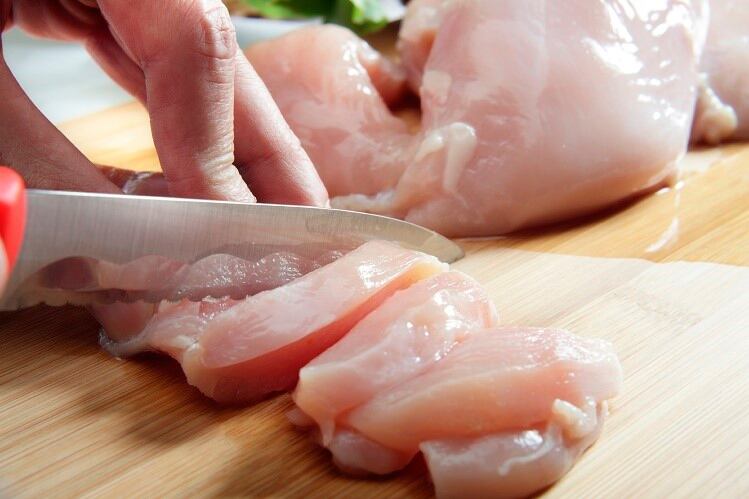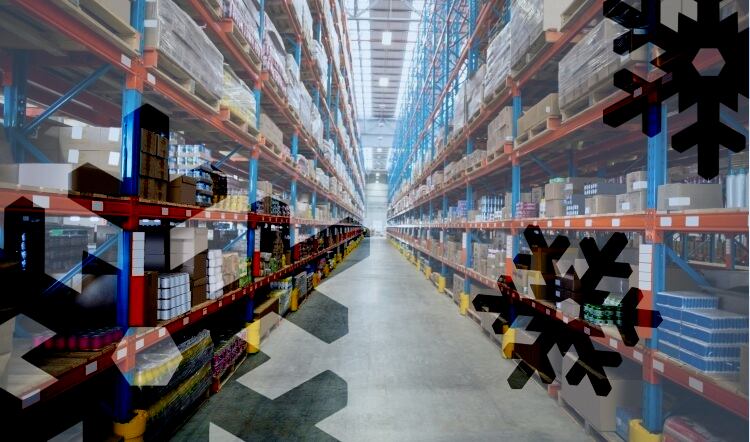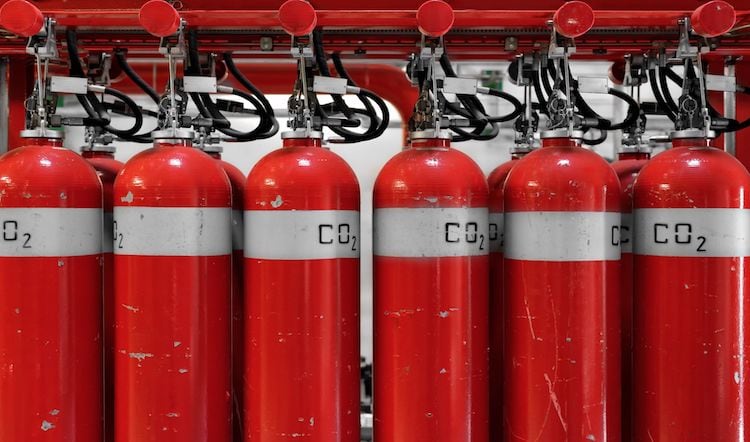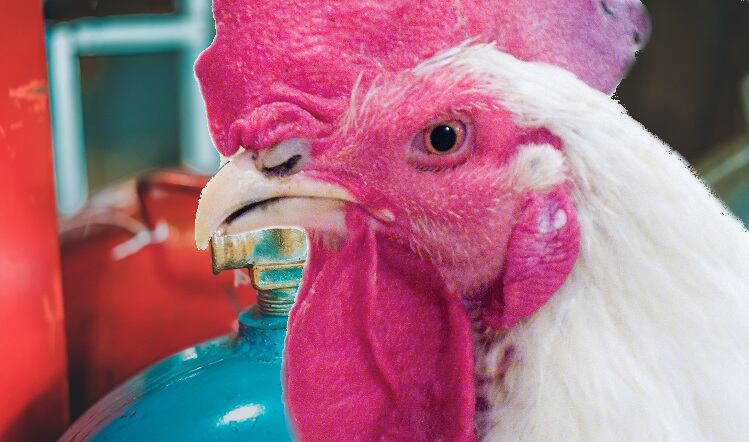Modified Atmosphere Packaging (MAP) is a proven and effective technology that extends shelf life and reduces food waste. Using MAP to support the transportation of goods can safeguard products during transit and when they’re being stored for longer periods of time, such as in warehouses.
Manufacturing products with modified atmosphere processes can extend shelf-life to varying degrees, depending on the food type in question. In some food product types, MAP can triple the shelf-life, considerably reducing the risk of food waste.
MAP for poultry
For example, in raw poultry and game, and when compared with being packaged in atmospheric air, MAP increases the shelf-life from four to seven days, to 10 to 21 days. The shelf-life of bakery items can be extended much longer than that - up to three months in some cases.
Air Products collaborates with various stakeholders within the food industry including OEMs, suppliers, retailers and customers to ensure our offering in this important segment are of the highest quality and generate tangible value.
Driving down waste and cost at no detriment to foodstuff quality are core priorities in our approach to the food industry and MAP is a great example of how we can contribute to achieving these targets.
Palletisation
For long distance transportation or storage, MAP can be used in a variety of ways such as in pallets, or by enclosing the products in a large bag, keeping the product in good condition until it is repackaged, once again using MAP, for retail purposes.
Perishable products clearly need to be moved efficiently to avoid deterioration. However, to some extent temperature and a careful balance of gases can be used to control this process. With perishable but durable products, such as nuts, time is not so critical, meaning transportation within Europe could be extended to between 24 and 36 hours, from the manufacturer to the retailer.




